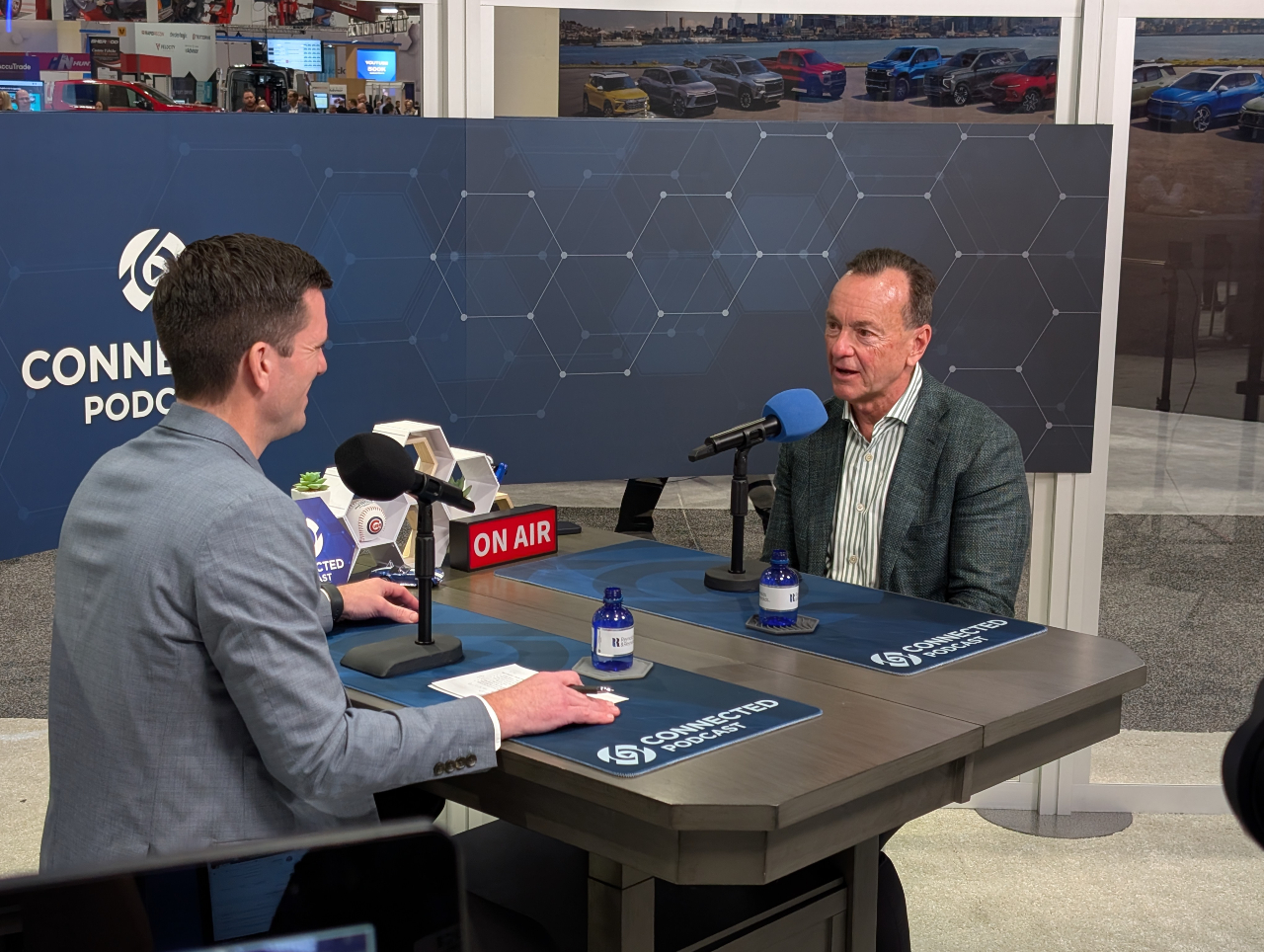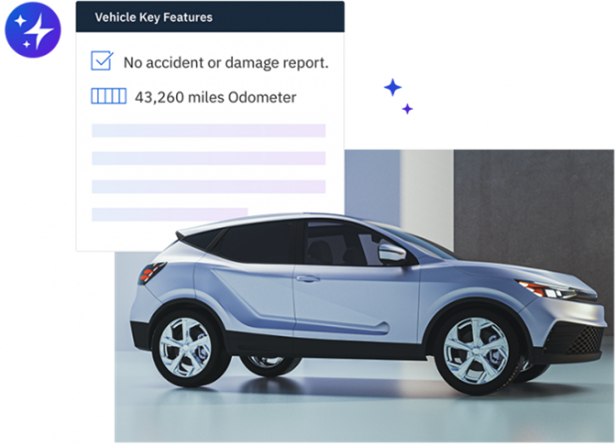Mitigating High Sales Turnover

Article Highlights:
- Onboarding entry level salespeople comes with a variety of challenges.
- 3 ways technology can help you train new associates.
There has been undeniably high employee turnover across nearly every industry in 2021. The automotive industry has not been spared with of a turnover rate of around 46%.
Where does this leave dealerships like yours? At worst, you might be understaffed, or at best, you might be hiring a lot of entry level associates to replace employees who have left.
Even in the best case scenario, hiring new associates comes with its own challenges – especially in sales. Many new salespeople have little to no experience and sales skills are often acquired on the job.
To add to the challenge, without prior experience, most new employees won’t know a lot about the automotive industry or how a dealership runs. Some of them have likely never purchased a car of their own before. And, even if new hires have some sales or automotive knowledge, that doesn’t mean they know how your dealership runs.
How do you make sure new salespeople get up to speed quickly while ensuring they have the support they need for long term success? Furthermore, how do you keep these associates happy so you don’t have to hire yet another new person to replace them?
Support on the job training with technology.
You probably have new associates shadow some of your most tenured reps in hopes they gain knowledge of your processes and pick up important skills. Eventually though, you need to have your green salespeople complete a deal on their own. This might be sooner than you’d like if you’re understaffed.
That’s where mobile technology comes in. A tool salespeople can access on their phones that provides them with everything they need to complete the sale is valuable for new and tenured staff alike. So what should this type of solution include? There are three main components that can help ensure employees are supported on all fronts:
- Customer information. Salespeople can best address customers’ needs and cater to their preferences if they have customer information at their fingertips. Car buyers won’t have to answer repetitive questions and will feel like your dealership really knows them, lending to a smoother sale for all parties.
- A step-by-step outline of the sales cycle. A tool that walks associates through each step of the sales cycle can ensure important parts of the process aren’t forgotten. For newer associates, consider making these steps mandatory so they can’t skip essential parts of the process.
- Access to sales managers. Mobile technology should ensure your team can easily and discretely contact sales managers from anywhere – even a test drive – if they feel a deal is in trouble.
Give sales managers visibility.
Access to reporting is a no-brainer. Sales managers should be able to easily track their employees’ performance to identify areas for improvement and make sure they’re on track to reach personal and dealership goals. While reporting is important for a high level view of overall performance, it’s reactive. You can’t talk to your salespeople about why they lost the deal until the moment has passed. By then, it’s too late to save the sale.
That’s where giving managers live visibility of the sales process can help. If they can leverage technology that tracks each step of the sales process in real time, they can intervene if steps are skipped or taking too long. When commission checks are cut, your employees will be happy a manager got involved when they were struggling to close.
Use a CRM that makes their job easier.
Your salespeople don’t want to spend time sifting through duplicate customer records trying to find the right contact information. They also don’t want to look at a lengthy task list of leads to call and customers to contact with no direction on what they should tackle first. These are just a few of the inefficiencies that come with traditional CRMs.
Look for a CRM that does more for your employees. A CRM that automatically prioritizes follow up tasks based on a customer’s likelihood to buy focuses your salespeople’s attention on the tasks that are most likely to lead to a sale. They’ll be more motivated to use your CRM if they are given a clear direction and see results from completing highly prioritized tasks. With one record per customer, they won’t have to spend time tracking down the right contact information and can focus on connecting with customers. Let your salespeople do what they do best – sell. Let your CRM do the rest.
Your dealership doesn’t have to take a major hit to front end profitability just because your new associates are inexperienced. With help from the right technology, new salespeople will never feel alone during the sales process and managers can react in real-time to help close difficult deals. It’s a win for you and a win for your new employees who will feel greater job satisfaction mitigating the risk of future turnover.
Related Articles:

The Future of Variable Ops with Experts at NADA 2025
Explore how AI is transforming variable operations in automotive retailing with insights from NADA 2025. Learn about efficiency, profitability, and fraud prevention from industry leaders.

Decision made regarding the Vehicle Shopping Rule – now what?
Check out five key takeaways from the Vehicle Shopping Rule to keep your dealership safe from FTC enforcement actions.

3 Ways AI Can Elevate Your Dealership’s Online Inventory
On average, Americans are exposed to between 4,000 and 10,000 advertisements every day. From commercials on TV to billboards on your way to work, all…

The Pizza Playbook – What Ordering Pizza Teaches Us About F&I
For as long as I can remember, my family had “pizza night” every week. Without fail, every Friday evening we’d all gather around the computer…















